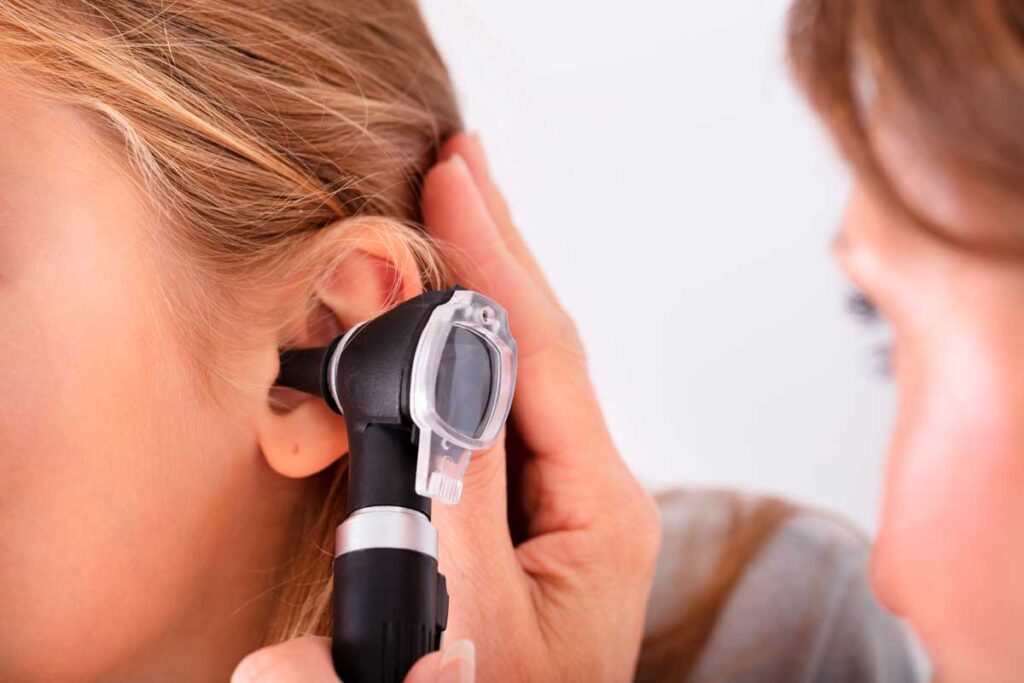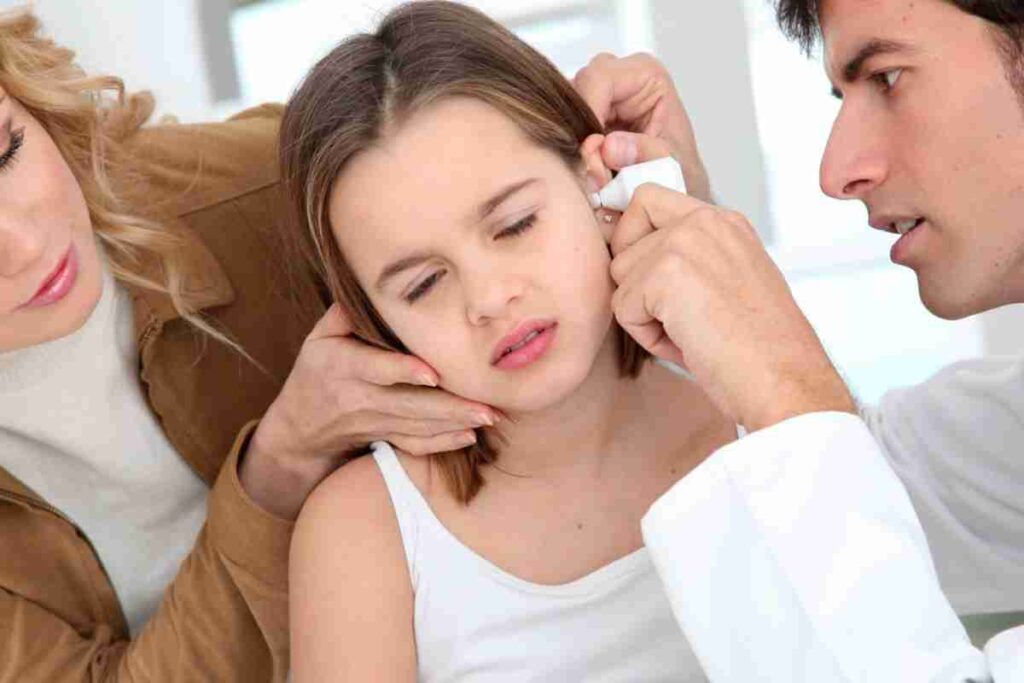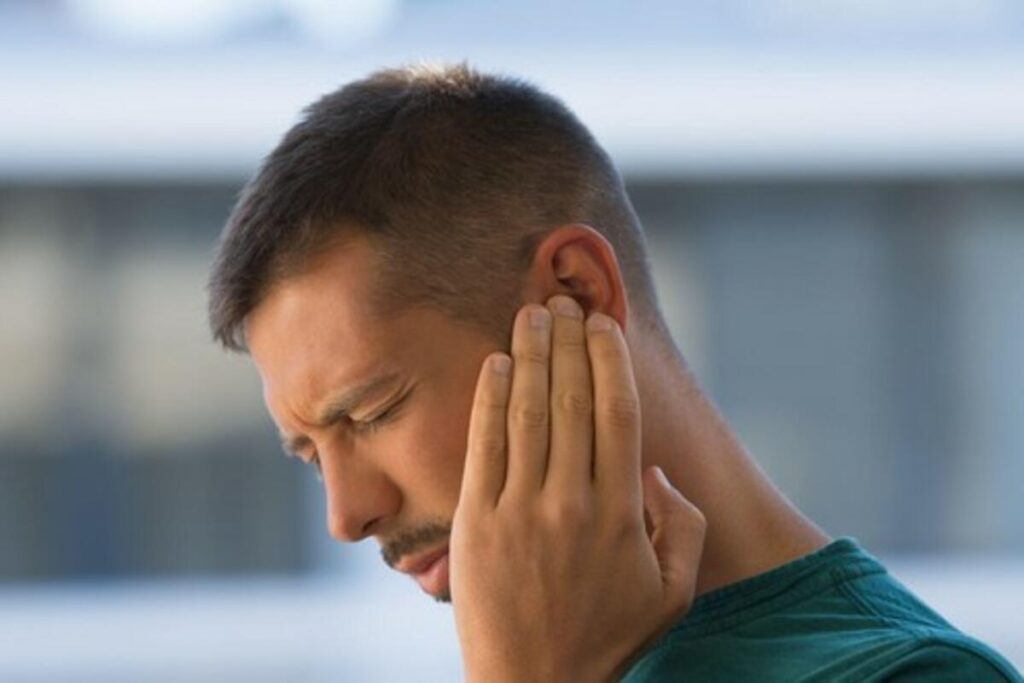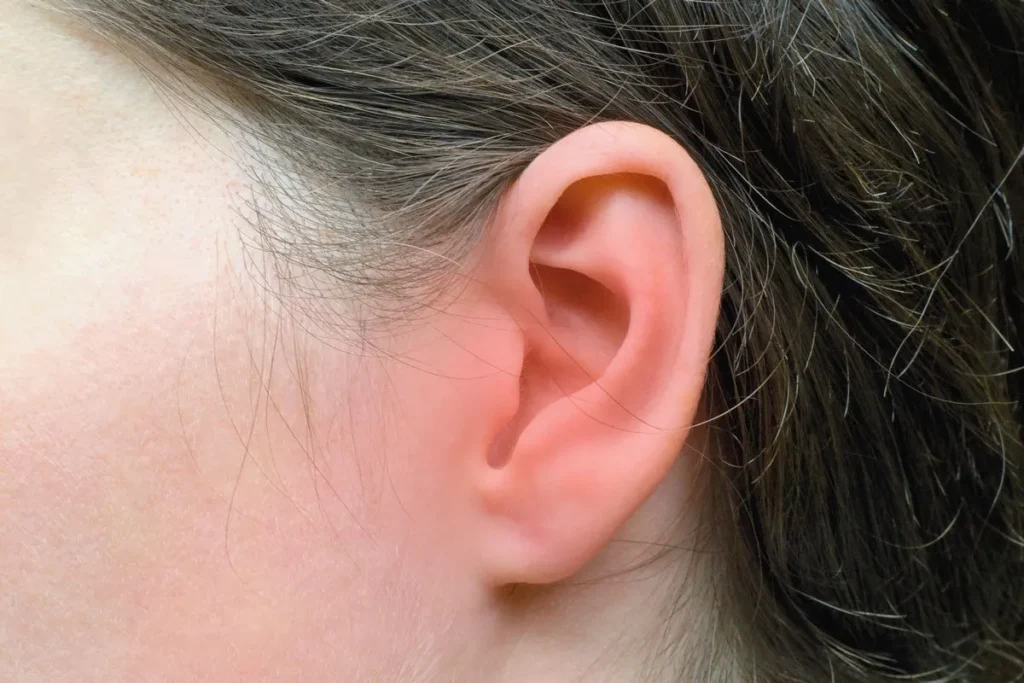What are the types of ear infections? Ever since you were in that stinky pool, your ear has been itching. For the last week, your youngster has been pulling on their ear. Your aging mother, who just recovered from pneumonia, is experiencing dizziness and earache. Are any of them indicators of an ear infection?
They might be. The symptoms and effects of various ear infections vary throughout individuals. Continue reading for information about ear infections.
Types of ear infections
Many of us may instantly recall the taste of the bright pink bubble gum medication used to treat ear infections, as well as the uncomfortable clogged sensation from our youth.
Children frequently have ear infections, and most will have one by the time they are three.
However, not all ear infections are created equal; the location of the infection within the ear determines the symptoms and course of therapy. To be ready to discuss a painful ear infection with their doctor, parents, and patients should be aware of the types of ear infections.
Depending on the area of the ear affected, different kinds of ear infections are categorized.

Read more: What are the signs of an ear infection & Best vitamins for ear infection?
Acute Otitis Media, or Middle Ear Infection | Types of ear infections
Acute otitis media, often known as a middle ear infection, is caused by a buildup of fluid behind the eardrum that causes infection and inflammation.
Because children’s ear structures are smaller than adults’ and make it more difficult for fluid to flow out of the ear, middle ear infections are more prevalent in youngsters. This is particularly true if a cold or other disease has caused the ear to become clogged or irritated.
Externa (outer ear infection) | Types of ear infections
Outer ear infections, sometimes referred to as swimmer’s ear or otitis externa, damage the ear canal, which is the portion of the ear that runs from the ear opening to the eardrum.
If water gets inside the ear after bathing or swimming, it can lead to outer ear infections. An outer ear infection can occasionally result from scratching the ear canal or from getting anything lodged in your ear.
Effusion-Prone Otitis Media | Types of ear infections
When thick, sticky fluid accumulates in the middle ear without any bacterial or viral infection, middle ear inflammation may result. You can have fluid pouring from your ears, impaired hearing, or pressure or fullness in your ear.
A bacterial or viral infection may occasionally result from the fluid accumulation. However, the fluid usually goes away on its own without requiring medical attention.
Why do ear infections occur?
Though bacterial types of ear infections are the most prevalent, viruses, and fungi can also cause ear infections.
According to scientists, ear infections can be brought on by allergies or upper respiratory conditions like the common cold. Additionally, prolonged exposure to water in the ears might provide the ideal environment for bacteria to grow and cause swimmer’s ear.
Factors at risk
Children’s Eustachian tubes are smaller and more horizontal than most adults, which may be one of the reasons why they are more prone to ear infections than adults. An ear infection is more likely to occur if your Eustachian tubes are tiny or if they haven’t grown a greater slope.
Additionally, smoking or being around a lot of secondhand smoke may increase your risk of developing an ear infection.
You run the same risk if you have year-round or seasonal allergies.
Additionally, becoming sick with a cold or upper respiratory infection raises your risk.

Read more: Hearing health supplements: 3 fascinating details about your ears!
How to avoid getting infections in your ears
The following advice to lower your risk of ear infections:
- After swimming or taking a shower, gently pat dry your ears with a fresh towel.
- If you now smoke, stop.
- Use over-the-counter or prescription drugs to manage your allergy symptoms.
- Wash your hands before handling your face or consuming food to lower your chance of contracting a viral disease.
- You can also take one of the following natural nutritional supplements to prevent different types of ear infections, but after consulting a doctor, such as:
AquaPeace
State-of-the-art research has revealed the importance of fatty acids and other vital nutrients in maintaining the extraordinary ear hair-cell health of sea anemones.
These discoveries have created a plethora of opportunities for comprehending and improving the health of human hearing. Inspired by these findings, The composition of AquaPeace uses rare and nutrient-rich deep-sea algae to promote the life of your ears.
Cortexi
Cortexi provides its consumers with several advantages. It not only promotes good hearing but also offers a safe and natural means of doing so.
It is handy and hassle-free because it is simple to take and goes well with any beverage. You may be confident that you are using a safe and efficient supplement because it is also non-habit forming.
For anybody wishing to support the health of their hearing, this is the ideal supplement. You may be certain that you are obtaining the highest caliber product thanks to its all-natural recipe and plant-based components. Its non-habit-forming properties further make it a safe and efficient dietary supplement. For those seeking a safe and natural approach to assist their hearing health, this product is an excellent option.
NeuroRise
NeuroRise is non-habit forming, simple to take, and has been shown in studies to enhance hearing clarity, minimize noise and interference, and support memory formation.
You can benefit from enhanced mental clarity and a higher capacity to create memories, as well as the pleasures of clearly hearing your loved ones and your favorite music. In addition, you’ll receive immediate access to two best-selling books that will maximize your innate cognitive abilities. Give it a try and see for yourself what 360° hearing is all about!
Read more: Where Can I Get Phentermine for Weight Loss Near Me in the USA?
Interventions
Antibiotic therapy is necessary for infants less than six months to stop the types of ear infections from spreading. Amoxicillin is frequently the recommended antibiotic.
Doctors usually advise watching children between the ages of six months and two years instead than giving antibiotics, unless the youngster exhibits symptoms of a serious infection.
The only prescription required for treating ear infections is pain control; infections frequently go away on their own. Only more serious or protracted conditions are treated with antibiotics.


